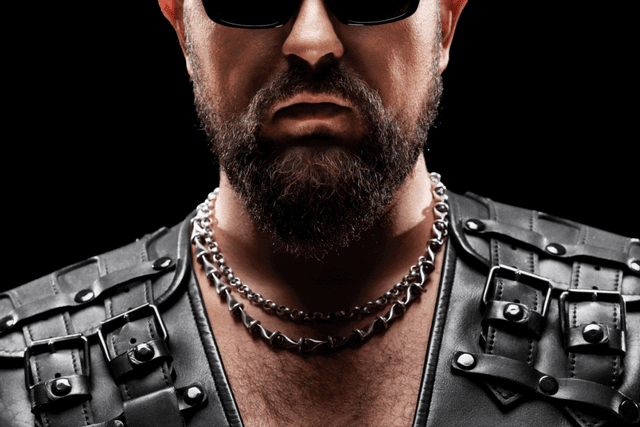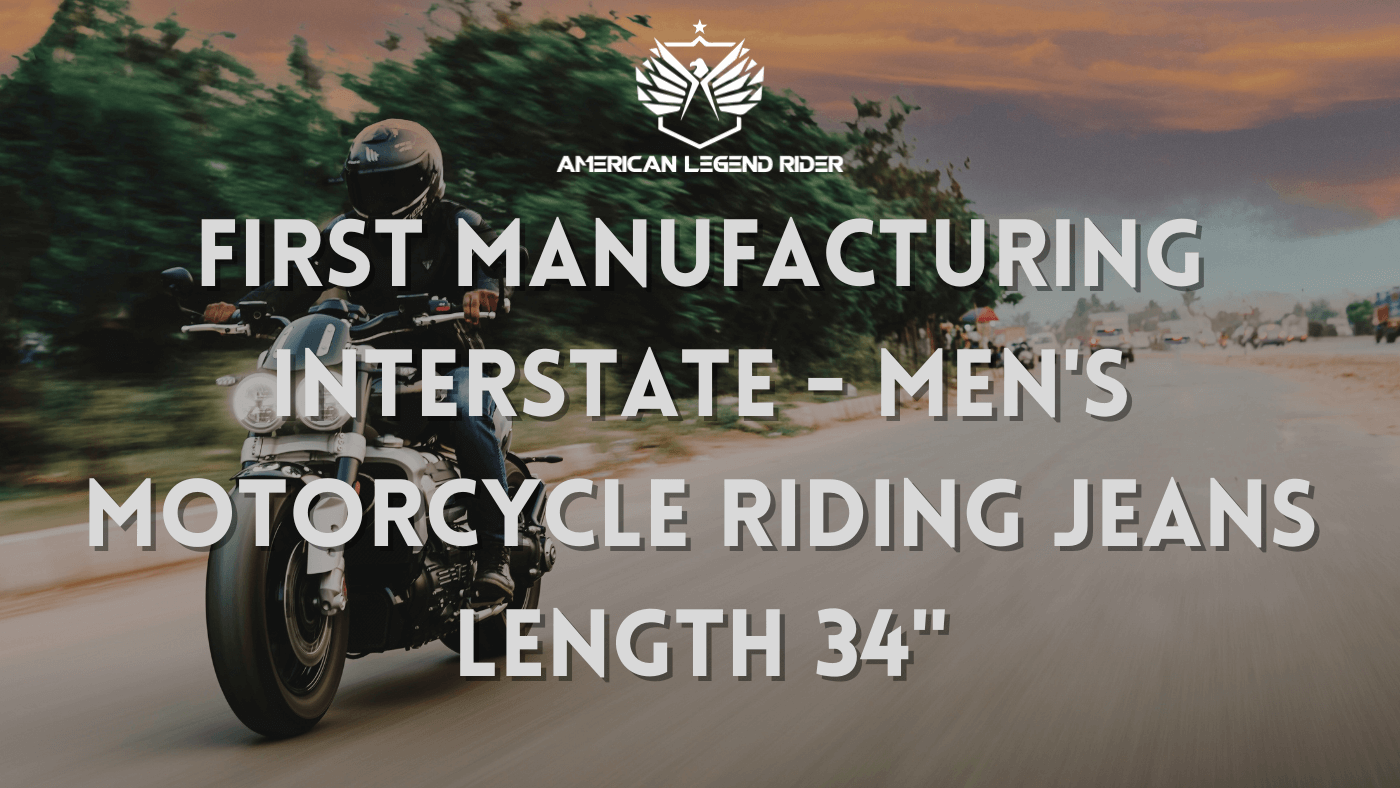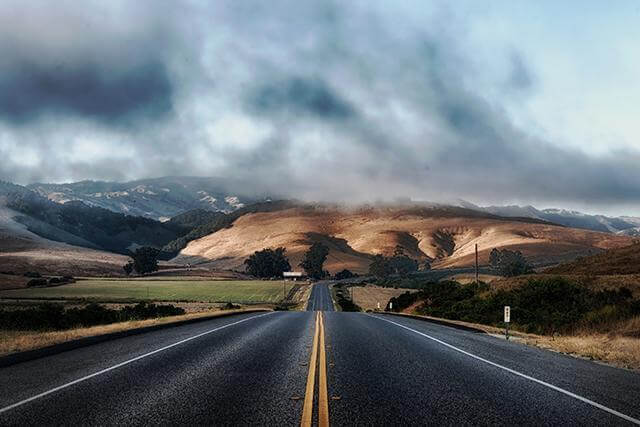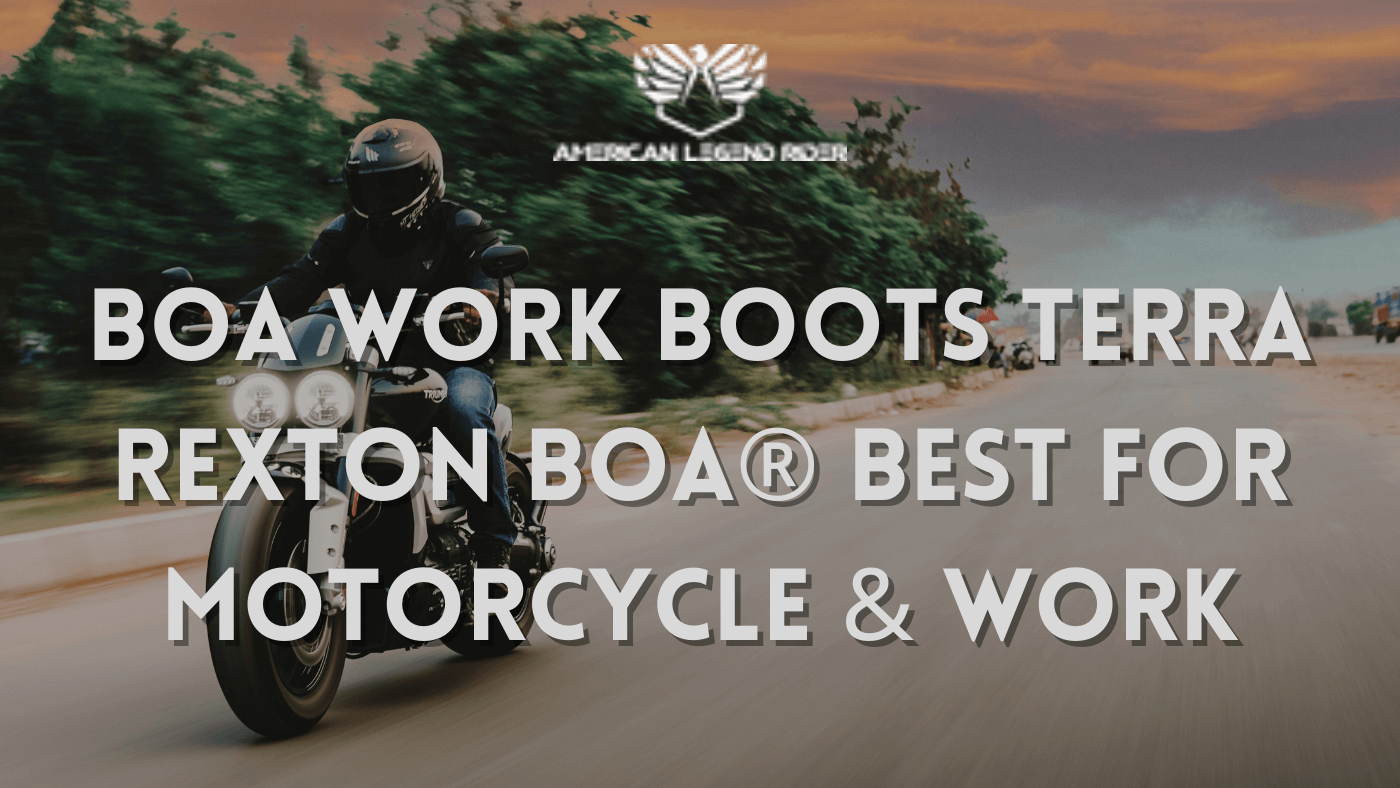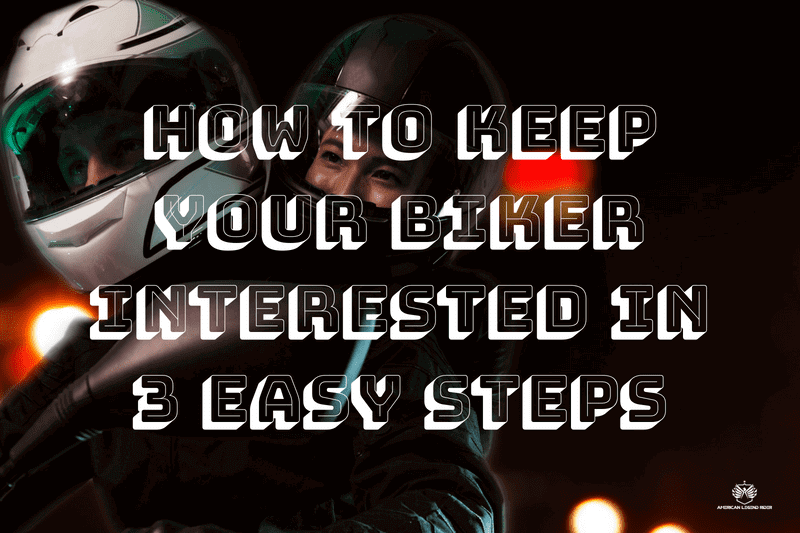We all enjoy riding our bikes and the exhilarating feeling of the wind in our hair. However, the aftermath of cleaning can be a hassle. Fortunately, we have 9 tips to simplify the process.
#1 Have a designated washing space
Don’t wash your bike on the street or unit driveway since it can pose a danger to passersby. If possible, do it right on your lawn so you can water your grass at the same time.
#2 Make sure you have everything you need
Take out all of the cleaning products you’ll need, including your detergent, engine cleaner, bucket, microfiber towels, and WD40. Also make sure that you remove everything that you don’t want to get wet, such as your GPS, luggage, and tank bags.
#3 It’s good to wash regularly
Don’t leave that squashed bug or splattered mud on your bike for too long. Otherwise, they’re going to cause permanent blemishes on your paintwork. Bugs on your radiator will also cause it to overheat. So make it a habit to wash your motorcycle on a regular basis. But don’t overdo it! Washing your bike too frequently will cause issues, such as oil and fluid leaks or premature damage.
#4 Use appropriate cleaning products and tools
Using the right cleaning product will make a world of difference. Stay away from all-purpose housecleaning or abrasive products as these can damage your bike’s protective coating and chrome parts. Make sure that the detergents you use have a pH between 6 and 8 and that it’s safe to use on all kinds of paint.
Make sure you have separate cleaning rags and sponges for different areas. Use a sponge to clean grease off the wheels and another one to wipe off the seat to avoid grease transfer. Also, don’t underestimate the power of an old toothbrush to remove grime from hard-to-reach spots.
#5 High-pressure cleaning for hard-to-remove gunk
Be very careful when using high-pressure cleaning tools. While it can be great for hard-to-reach places and stubborn debris, it can also force water into places it’s not supposed to be and cause corrosion. Make sure that you are equipped with the know-how to handle high-pressure cleaning tools and stay away from electronics, chains, brakes, and all other delicate areas. Focus on the wheels and body instead.
#6 Make sure everything is dry
When water gets inside places it’s not supposed to be, it can corrode your bike’s gears. With a clean microfiber cloth, wipe off all the leftover water on your bike to avoid any streaks. You can even ride it around the block to dry off all remaining water on the body and inside the brakes.
#7 Pay close attention to all details
As you’re wiping off your bike with your soft microfiber cloth, make sure you didn’t miss any spots. This also helps you target problem areas so you can address them accordingly.
#8 To wax, or not to wax?
Motorcycles usually have a plastic or lacquer coating, which makes them easily susceptible to scratches. You can avoid this by opting for good quality soft waxes with UV protection properties. To make sure that your wax won’t leave any permanent damage, wipe them on an area that’s mostly out of sight. Once you’re done waxing, let it dry before you buff it out with a lint-free cloth.
#9 Don’t forget lube!
WD40 is used to remove excess water and get rid of excess grease. However, because of its water dispelling capabilities, it doesn’t make for a good lubricant. Use the dedicated silicon or oil products to replenish lost lubrication on hinges, chains, cables, and levers.












